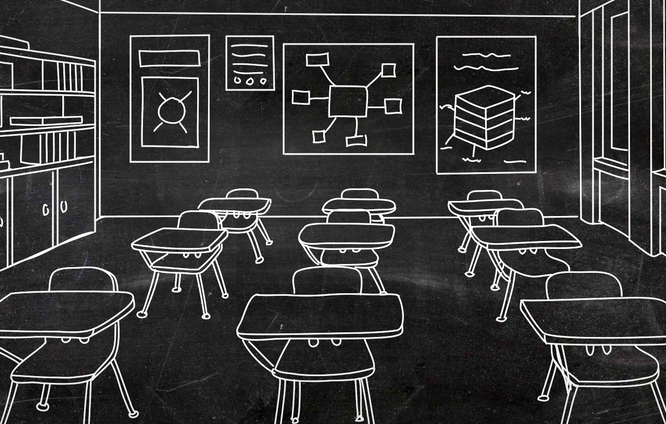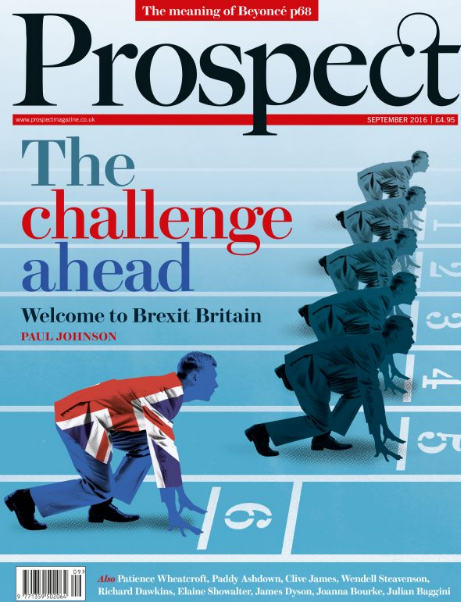The Role of Education and Learning for Innovation

Innovation has the ability to create beneficial and sustainable social and economic change. However, for many organisations the focus remains on short-term profit rather than long-term gain to deal with the increasing challenges the world faces. Innovation is a value enhancing and organizational life-changing discipline, a new expertise that is as powerful as marketing became decades ago.
Learning and Education for innovation can start at home. The earlier we learn, have open interactions and form alliances, the more we will be ready to advance innovation into what it must become: a discipline highly valued for what it contributes in terms of beneficial, value-generating outcomes.
Building education and learning for innovation
Education and learning that encourages and sustains different opinions enables greater innovation thinking. Innovation is achieved through openness, trust, partnership and valuing diversity. The more that schools and workplaces use these skills, the more that innovation will be seen and recognized as a valued skill in its own right. Offering education and learning opportunities for innovation provides valuable knowledge and experience that can be taken forward as organisations move away from dependence on established practices for a quick-fix solution.
Education and learning exchange
Innovation starts with a vision, followed by the collection of evidence relating to the possibilities and potential benefits of the concept. This is achieved through the exchange of learning with many people from various education backgrounds. This knowledge exchange reduces ambiguity, improving the chances of success.
Innovation is an essential discipline that should be fully recognized within organizations. Unfortunately for many it is not, even those that would benefit from it most. This means that innovation is not driving the business, but instead is reacting to established practises, when it should be the reverse.
We live in education-based societies and we need to constantly increase our understanding of the available learning for innovation. The role of learning drives activity and gives direction to innovation. As we create, accumulate and disperse knowledge in open exchanges we become more engaged in seeking an advantage. Organisations need to understand that the knowledge they have in their innovation-thinking employees is potentially their most valuable asset that allows the organisation to build, explore, experiment and ultimately produce innovations.
Organisations can exploit both innovation and learning in the following ways:
Internally- Learning by searching: formalising search activities we absorb new understanding that leads to new innovation potential.
- Learning by doing: as we accumulate knowledge, we gain experience. The more we establish repetitive activities through exploring, prototyping methods, the more we gain.
- Learning by using: through exploration and adoption of new products, new technologies and methods, we are opening up to experiment and possibilities to extend learning further.
- Learning from advances in science and technology: as we absorb new discoveries we capitalize on adding further value or diffusing this even more.
- Learning from inter-industry spillovers: the increasing value of cross industry collaboration and exchanges are increasingly significant to learning and application of novel approaches.
- Learning by interacting: increasingly seek out interactions with other sources of knowledge and growing expertise within our own organisation and external collaborative exchanges. These co-operative actions deepen knowledge, increase experimentation and have the potential to deliver potentially improved innovation.
We need to encourage the role of education and learning for innovation, to gain new experiences and probe established rules to value them. Innovation looks to attract diverse opinions, people willing to speak up and become heard because it is these people that observe and feel when (and if) something can be changed.





